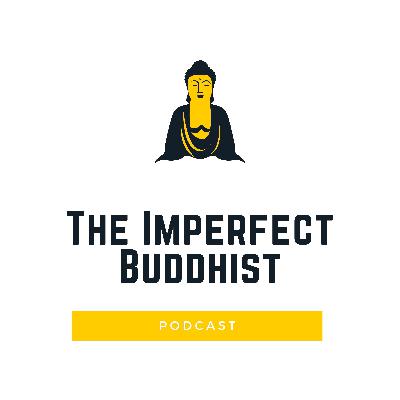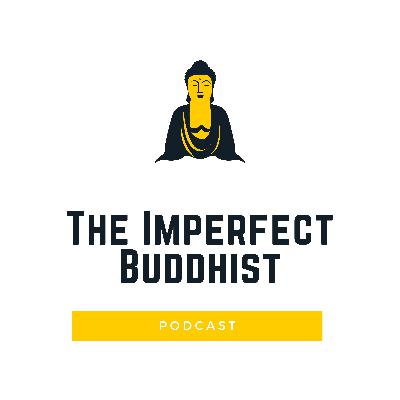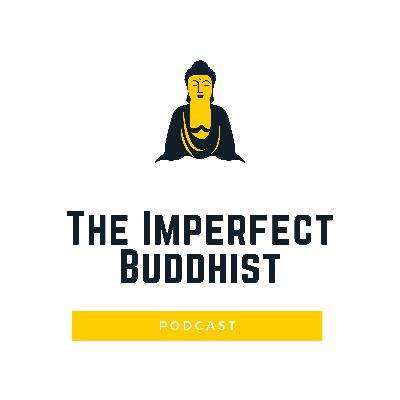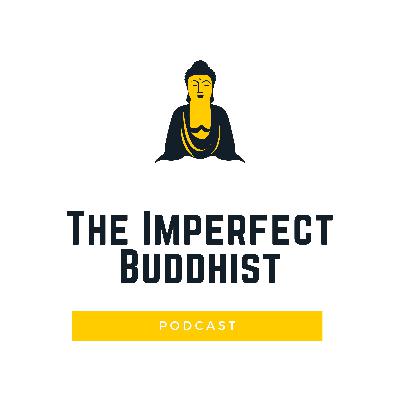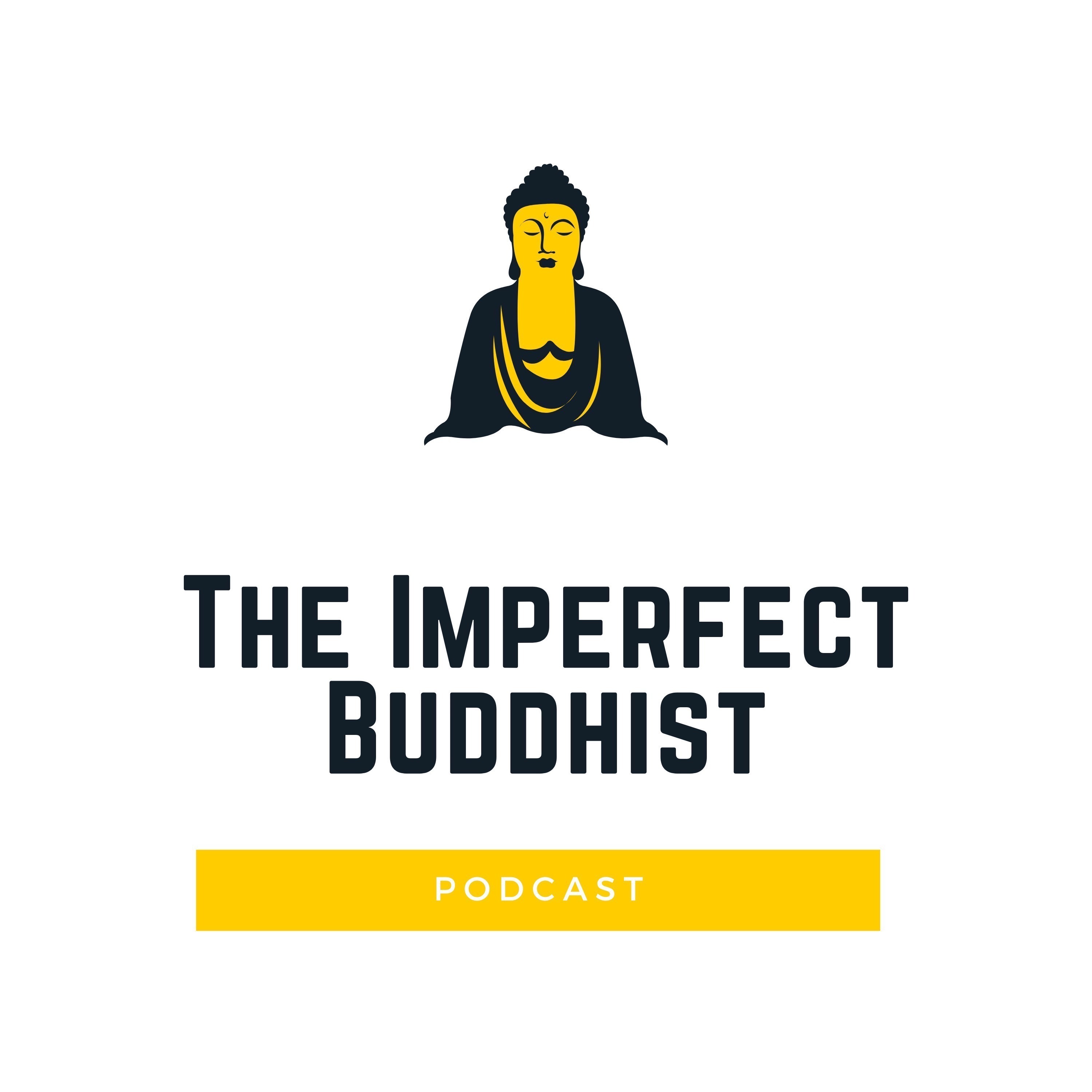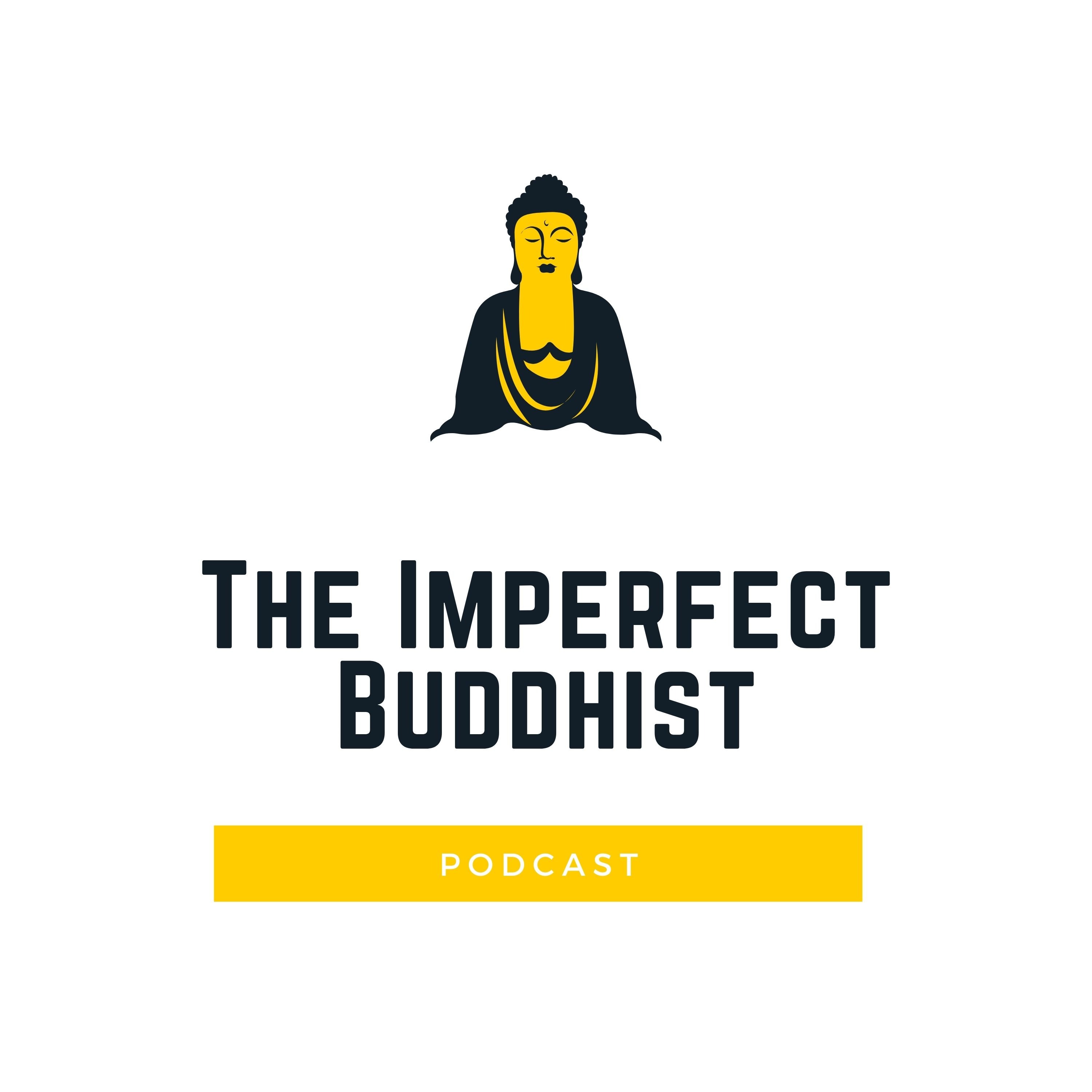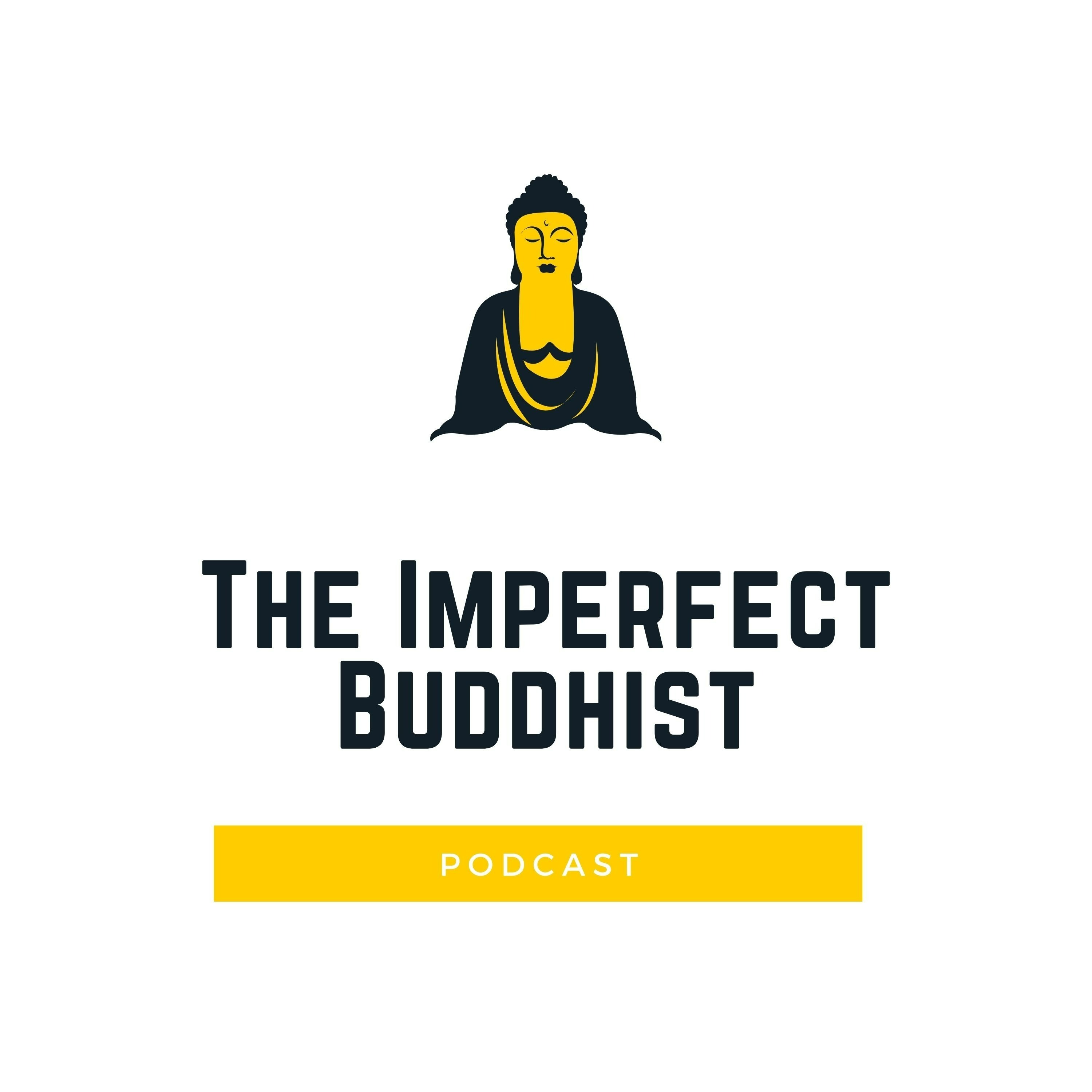Buddhism & the Breath
Description
Uniting Mind and Body in the Present Moment
It's easy to feel disconnected from the present moment and overwhelmed by the chaos of our thoughts. However, the wisdom of ancient traditions like Buddhism offers a simple and effective way to regain control of our minds and connect with the here and now – the breath.
The Witnessing Presence
In our quest for personal growth and self-awareness, Mahoney emphasizes the importance of returning to the breath as a constant anchor. When our thoughts scatter, when we worry about our future, or when we become consumed by concerns, the breath becomes our refuge. By becoming aware of each inhalation and exhalation, we access a quiet stillness that exists at the beginning and end of every breath.
Witnessing Thoughts and Emotions
The practice of witnessing our breath serves as an effective tool for those who find it challenging to observe their thoughts and emotions objectively. Rather than getting caught up in the emotional turmoil of our internal narratives, we can take a step back and label our thoughts and feelings. By observing without judgment, we cultivate a state of non-attachment to these thoughts, an essential component of meditative traditions.
Breath as an Anchoring Point
Our breath becomes an ever-present anchor, a constant that allows us to be present in any situation. In the same way that some individuals use prayer beads as a meditation tool to center their attention, breath awareness offers a tangible and always accessible source of mindfulness. It helps to slow down our racing thoughts, enabling us to be fully present.
Cultivating Witnessing Presence
As we practice witnessing our breath, we also cultivate a witnessing presence. This state of awareness doesn't label experiences as good or bad, positive or negative – it embodies the essence of "don't know mind" or "beginner's mind" found in Buddhism. We can extend this awareness to our thoughts, allowing us to approach them with greater clarity and detachment.
Breath Awareness in Daily Life
If you find it challenging to incorporate breath awareness into your daily life, consider integrating it into your meditation practice. Set aside dedicated time for silent meditation, with the primary aim of witnessing your breath. When your mind wanders, it's not a failure – it's part of the process. Even a single minute of breath awareness during a 20-minute meditation is valuable.
The Direct Experience of Truth
By observing your breath, you tap into something real and tangible, allowing you to experience the truth directly. It's a truth that's always present, always solid – your life, the life energy that animates you and the world around you. You can let go of the restless energy of your mind, the constant search for solidity through thought, and simply be present with your breath.
Using Your Thinking Mind
The key is not to abandon your thinking mind but to use it wisely. Don't let your thinking mind control you. Rather, harness its power to enhance your awareness and understanding.
As Thich Nhat Hanh suggests in his book "Peace in Every Breath,"
mindful breathing is like a seatbelt for everyday life. It keeps you safe in the present moment, helping you weather the turbulence of modern existence.
Transcript:
The breath is a powerful bridge connecting life to consciousness, and through it, we can unite our body with our thoughts. By consistently returning to our breath, we can achieve a profound witnessing presence, enhancing our awareness and embracing the richness of the present moment. So, take a deep breath, be present, and discover the transformative power of the breath in your own life.
Breath is the bridge which connects life to consciousness, which unites your body to your thoughts. Whenever your mind becomes scattered, use your breath as the means to take hold of your mind again.
Welcome to the Imperfect Buddhist, where we discuss present moment awareness and incorporating Zen principles into modern life. My name is Matthew Hawk Mahoney. And today's episode is titled Buddhism and the Breath. We're not talking about stinky breath. We're not talking about proper breathing while we're running. We're talking about tuning into our breath as a way to
using the breath to train our awareness in what's known in some circles as the witnessing presence.
Working on the Imperfect Buddhist lately, really putting in a lot of energy. I've been looking for ways to deepen my own practice so that I'm walking the walk instead of just talking because podcasts are mostly talk. One of the ways I've been doing this is trying to come back to my breath as often as possible. When I notice I'm getting off in the future about how am I going to support myself as a podcaster? How am I going to pay my bills?
come back to my breath. And I start thinking about how am I gonna monetize this podcast? Are people really gonna wanna subscribe to some content? How am I gonna pay my bills? I come back to my breath. When I start worrying about where's my wife? I haven't heard from her in a couple hours. Is she cheating on me? I come back to my breath. And coming back to my breath, aware of my inhalation, my exhalation, and the spaces in between those two movements.
A quietness, a stillness that exists at the bottom and the top of every breath.
Let's talk about using the breath as an anchor to the present moment, as something that's always available to us, no matter where we are. Sometimes in Buddhist or mindfulness circles, people talk about becoming aware of our thoughts. Like, just take a step back and witness your thoughts as if you're a third person. Don't judge, don't add any extra thinking. Just witness those thoughts, those energy patterns, maybe even name them. And the example of me...
having these fearful thoughts, I would take a step back and say jealousy or fear or abandonment issues. You can do those with a very non-judgmental labeling, but that can be hard for a lot of people. Telling people, hey, witness your thoughts and your emotions from a witnessing presence and don't get too attached to them. That's easy to say, but for a lot of people, they don't really understand what that means and there's so much emotional energy involved in their thoughts.
that it's a huge thing to overcome, especially when you're first starting in meditative traditions. The breath is such a beautiful refuge for people that are on this path of awareness.
So we witness our breath and as thoughts come in and they start to try to pull us out of the moment, pull us into the future, into the past with fears or dreams of the future or hopes for the future or resentments from our past or worry about what this person is thinking about us or how we're doing in our job. We just come back to the sensation of breathing and we experience the miracle of letting go. In the Bible, there's a quote,
I'm talking about the miracle of letting go. Therefore I tell you, do not worry about your life, what you will eat or drink, or about your body, what you will wear. Is not life more important than food and the body more important than clothes? Look at the birds of the air. They do not sow or reap or store away in barns, and yet your heavenly father feeds them.
The breath becomes our anchoring point. We can use the breath as something that we can come back to. Breath is a brilliant tool for this as it's not good or bad, negative or positive. It's a really easy thing to be with and use as a source of awareness that will bring our attention to the present moment. Maybe you've seen some people in religious communities carry around these mala beads and they hold a bead and some of them will say a prayer. Some of them will actually just feel the bead.
sensation of the bead in their hand and then they pull the beads through their fingers. This is used as a meditation that ties the awareness back to the present moment. If it's used for prayer then it's used to center that attention on the prayer through some type of physical means. And in a lot of ways, breath awareness is the same thing. It's a sensation that's always happening that is inside of us that allows us to cultivate present moment awareness, to slow down our
obsessive thinking minds and be present.
Another blessing of our breath, another benefit in practice through breath awareness, and we actually cultivate our witnessing presence as well, which is the power to be with experiences, thoughts, emotions, physical sensations, physical environment with a state of awareness that neither judges good or bad, positive or negative, does not label. In Buddhism it's called don't know mind.
or beginner's mind, a state of mind that doesn't come to situation, emotions, thoughts, physical sensations with any type of preconceived beliefs or notions about the experience. So breath awareness, simply witnessing our breath and watching what happens, seeing how long we can actually be present with the breath develops this witnessing presence. So we can take this same awareness to our minds when the thought comes up.
of my wife.

